3 Things I Learned From Lost Cities in Italy
/by EMILY ORTON
Pompeii –You Don’t Know, What You Don’t Know
Since grade school I’ve heard about how Mt. Vesuvius covered nearby Pompeii in ash and rubble, killing the inhabitants and preserving the city as a time capsule of average Roman life circa 79 A.D. The question I had, but never raised my hand to ask was, “What did they expect, living at the base of a volcano?”
When we visited Pompeii recently, I learned that Mt. Vesuvius had been still for over 1200 years when it suddenly shot volcanic material 12 miles straight up. Ninety percent of the city’s inhabitants took that as their cue to run for their lives. A portion of the other ten percent is on display in the historic site or at the museum in Naples.
The people of Pompeii had no idea that they were building their homes and businesses under a volcano. With all that we know, or think that we know in the information age, it’s a good idea to stay flexible. Stay open to new beta that could change your whole paradigm. You don’t know what you don’t know.
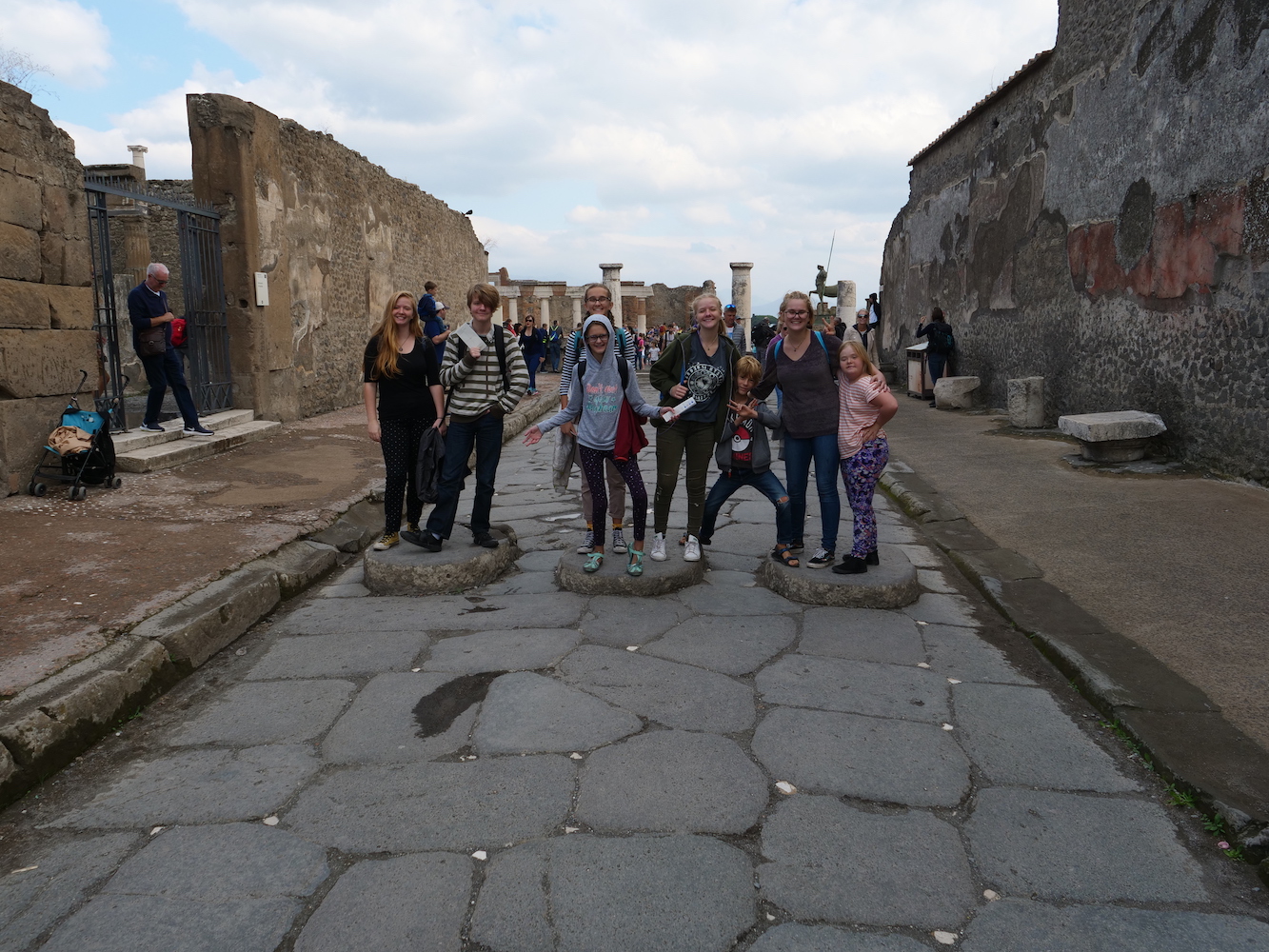
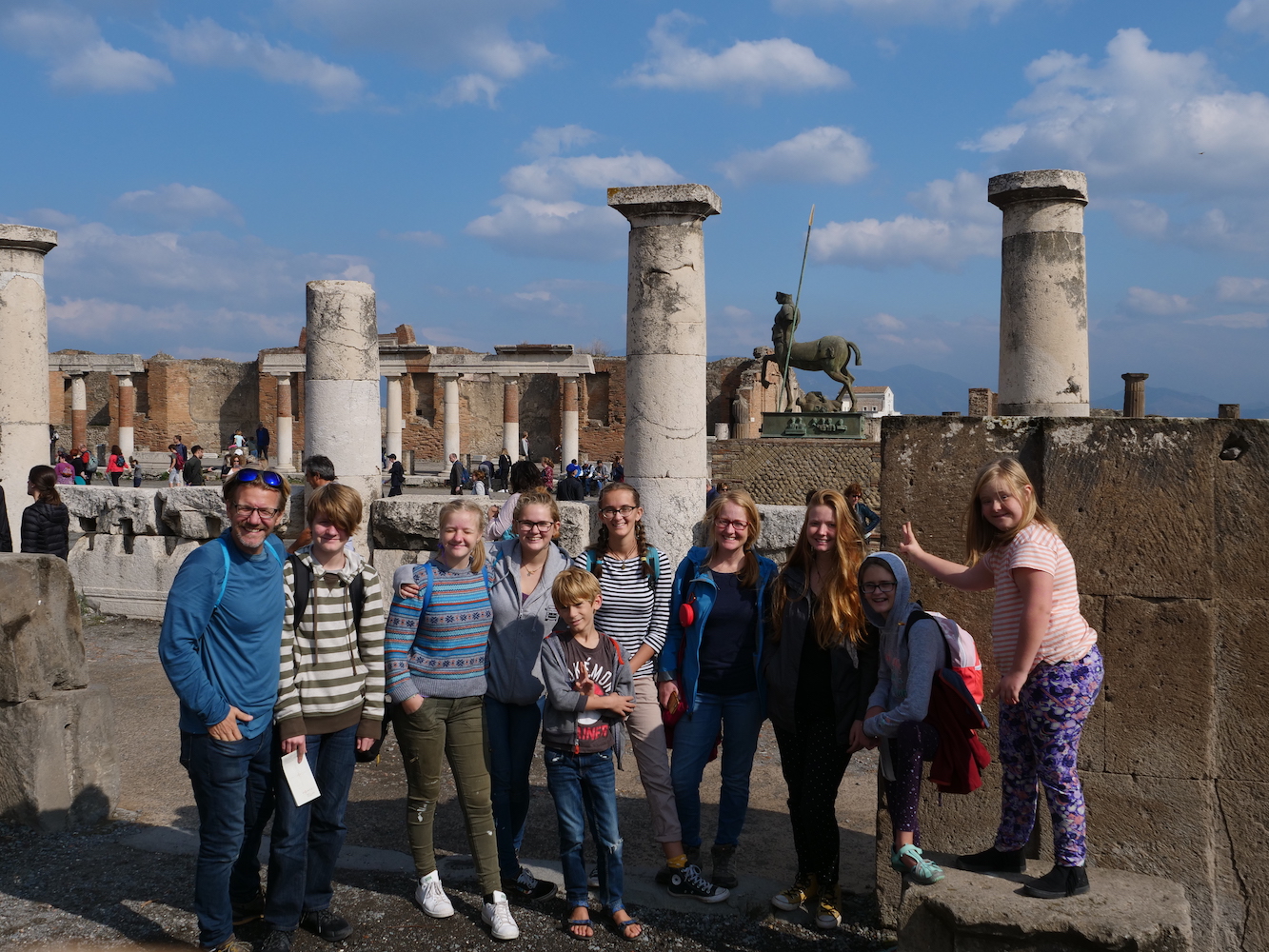
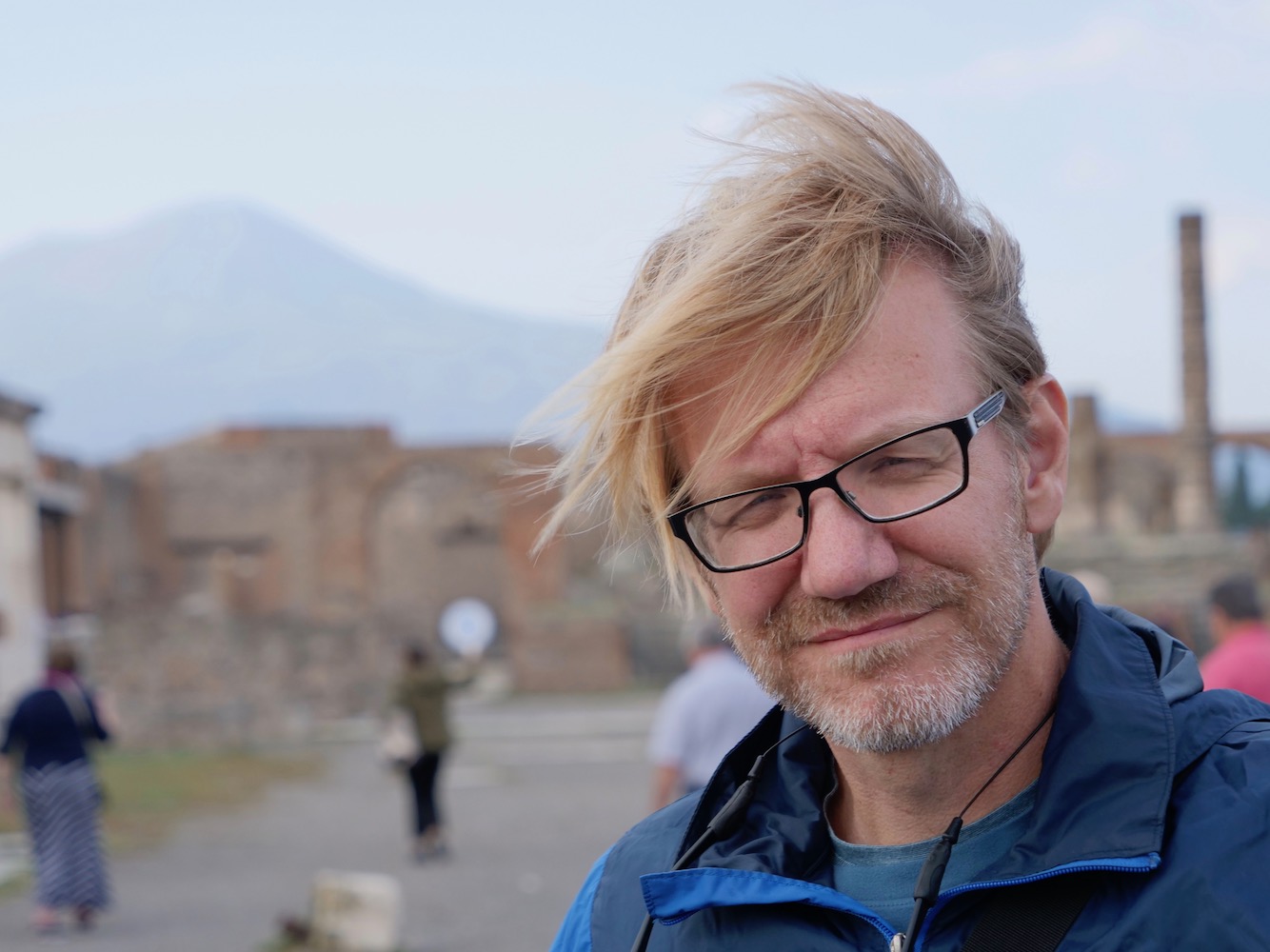

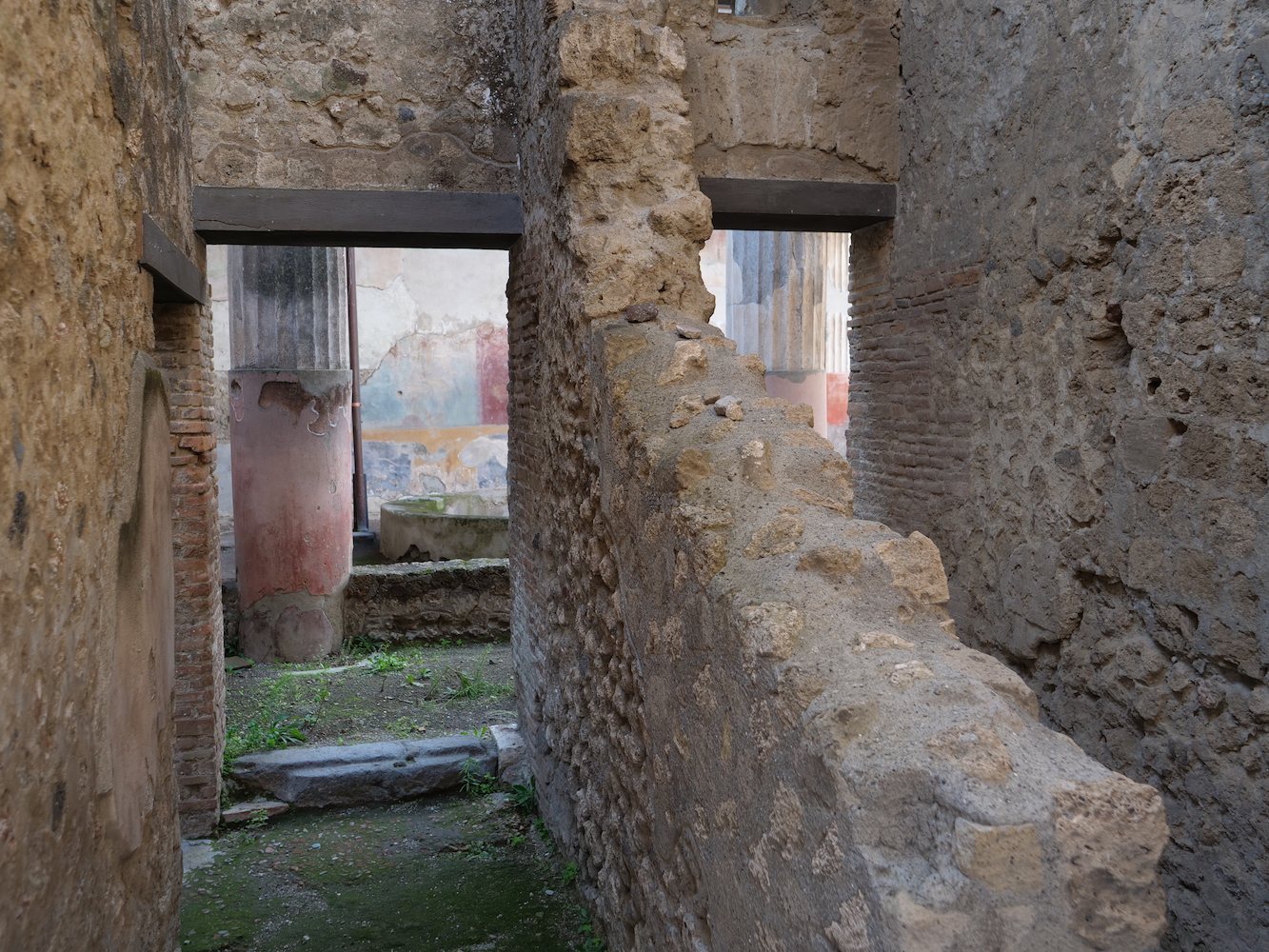
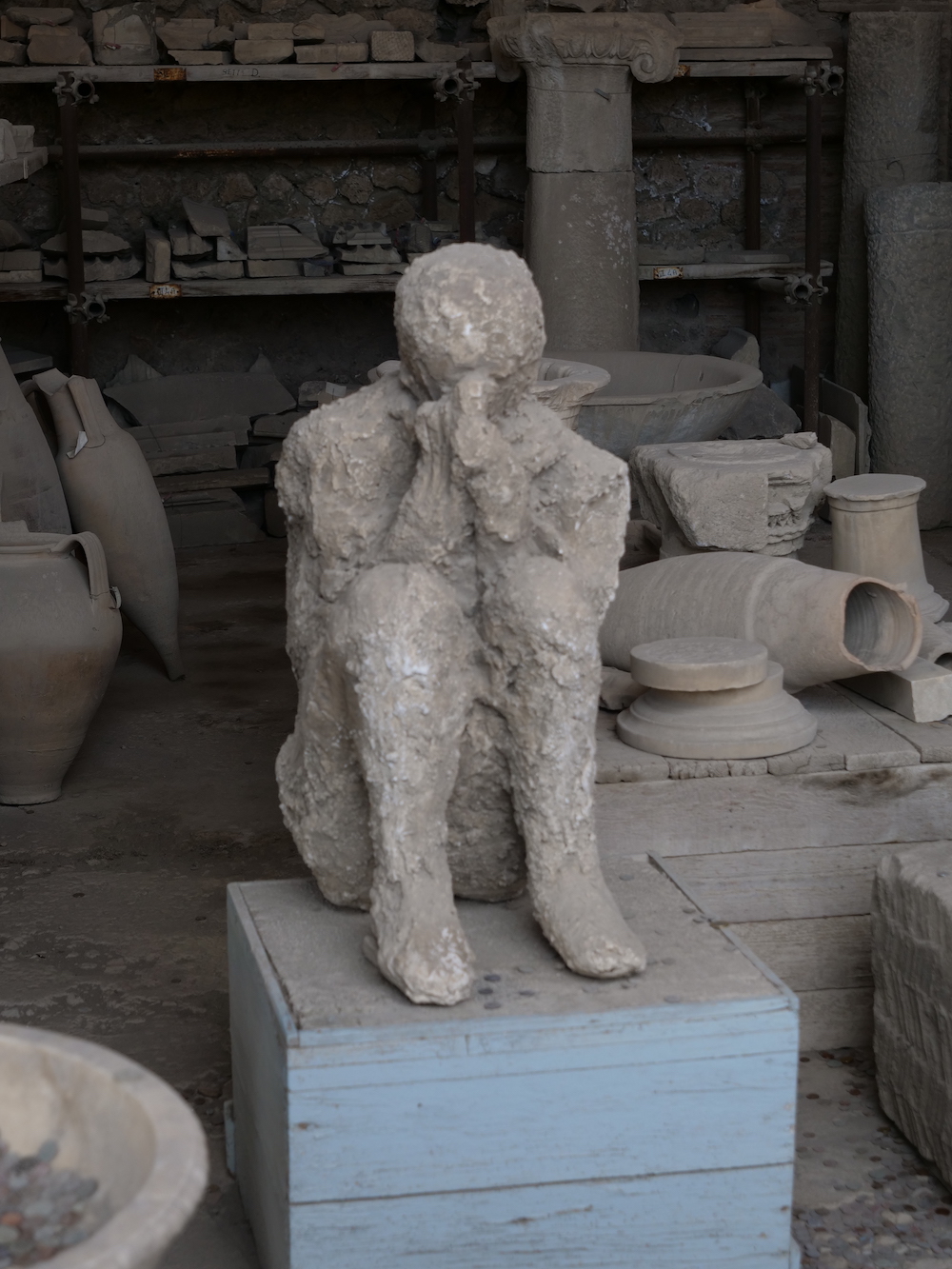

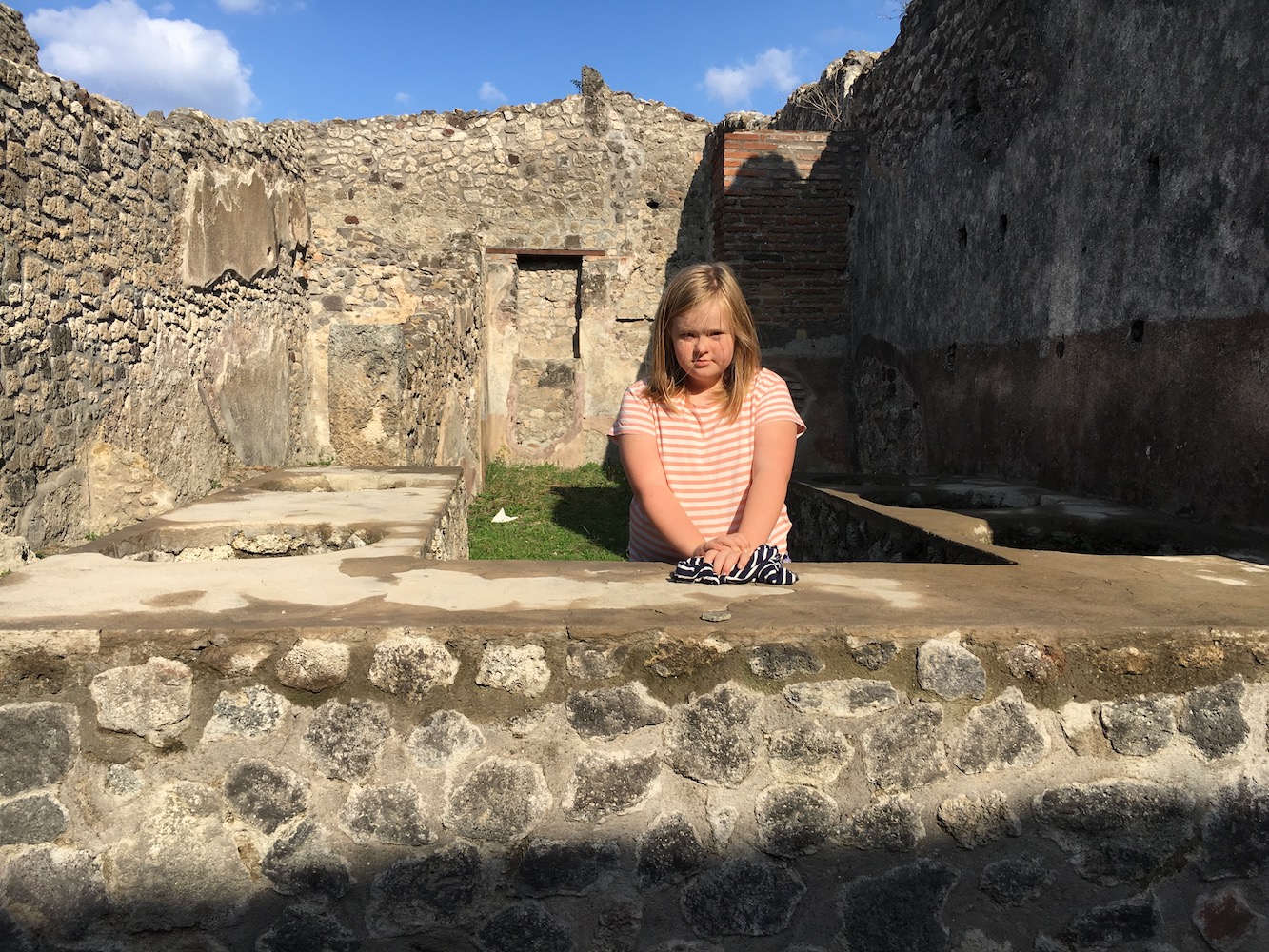
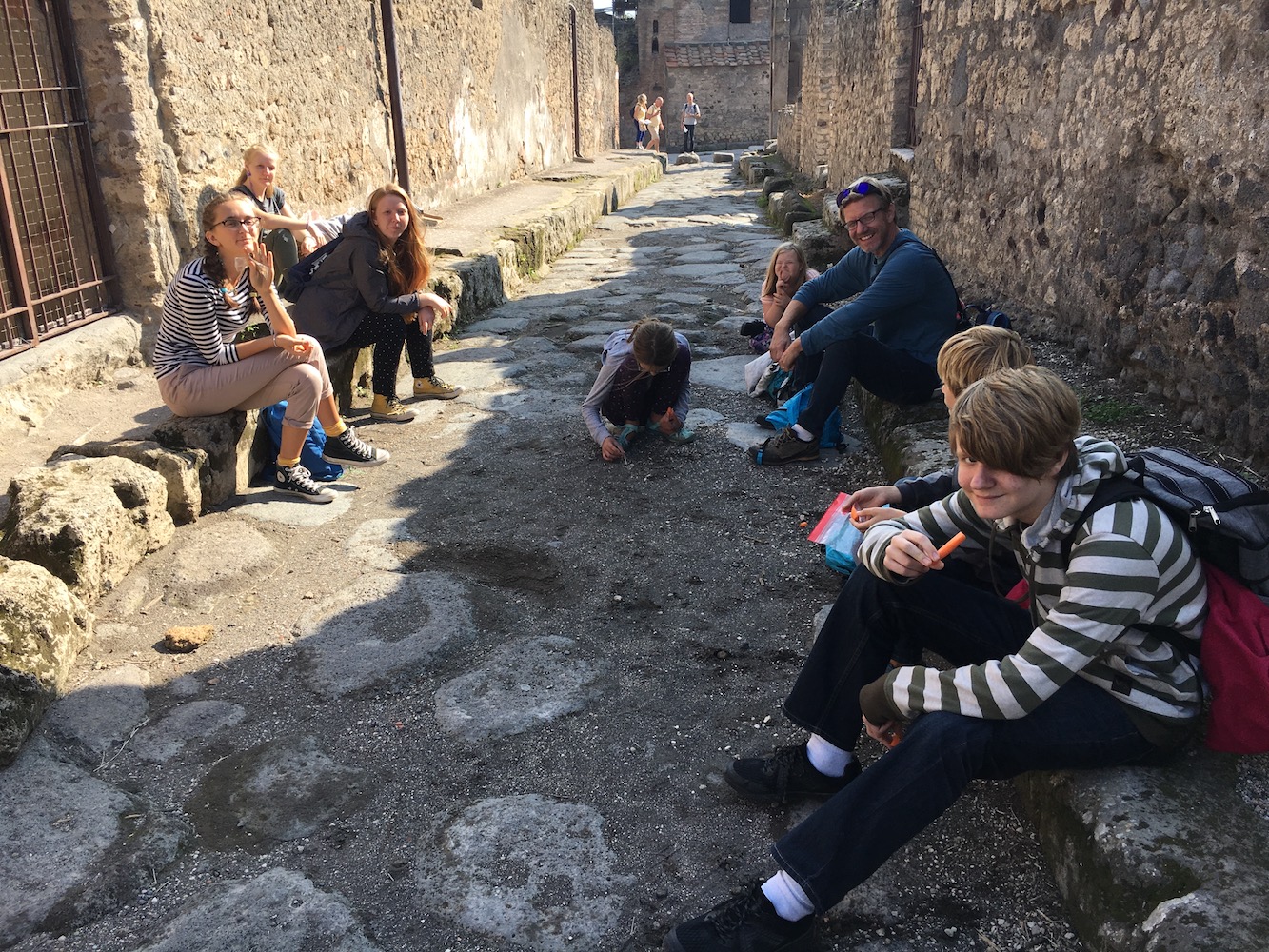
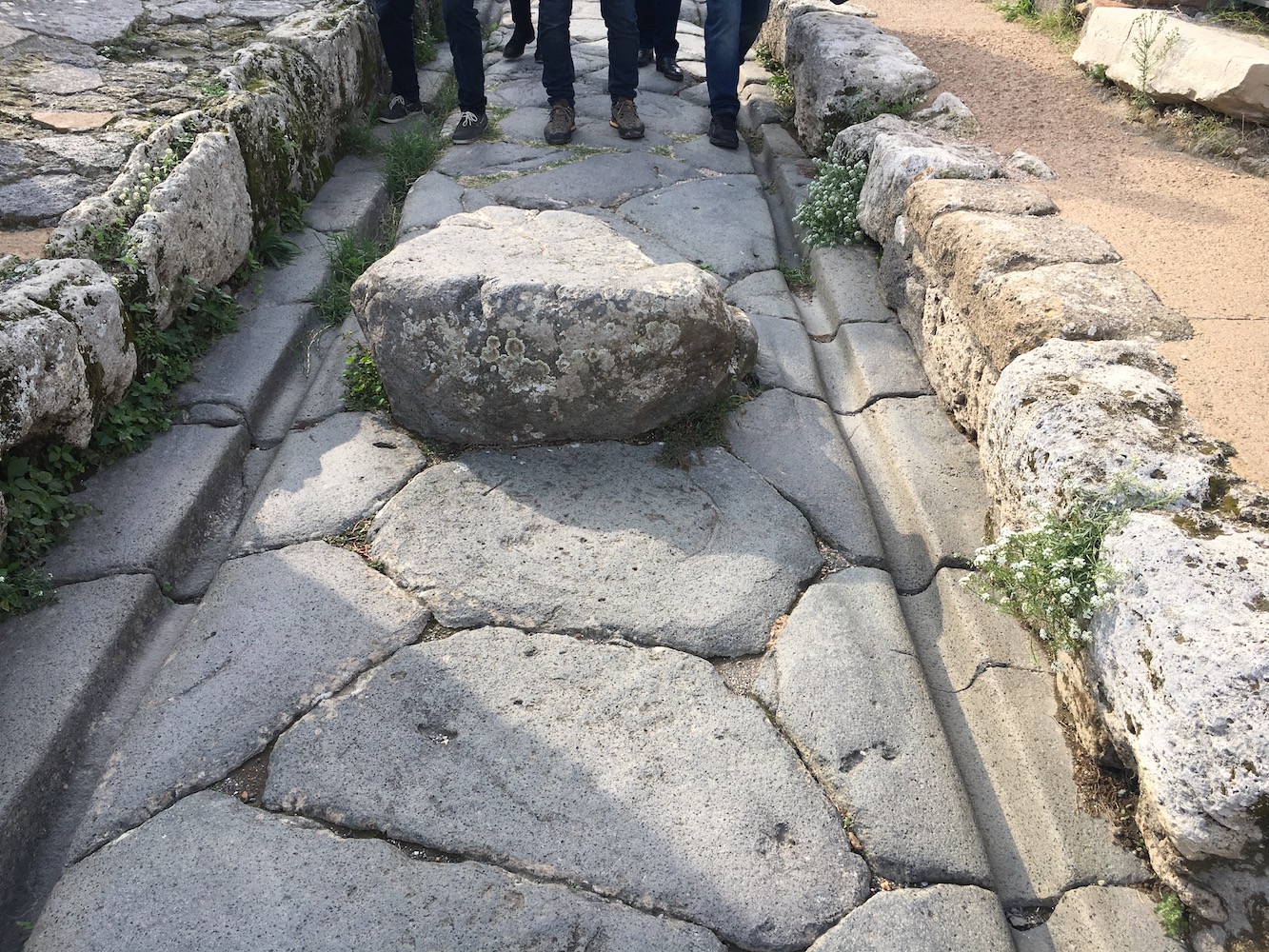
Herculaneum –People Haven’t Changed Much in 2000 Years
North of Pompeii, on the west side of Mt. Vesuvius is a town called Herculaneum, a wealthier town than Pompeii. When the volcano erupted, Herculaneum was hit with pyroclastic material at one hundred miles per hour. Fortunately for them, the inhabitants had some warning and most evacuated.
They lived a lot like us with their restaurants, businesses, places of worship, schools, gyms, and places for entertainment. They had their sport heroes, brothels, wars and political corruption. The imperial family of August Caesar were sculpted in marble (now in the Naples museum) and made to appear physically perfect just like our photo shopped celebrities today.
It’s great that we’re always trying to progress as human beings, but it often seems like we’re the same people with different technology. Real change will only come when we change our nature.
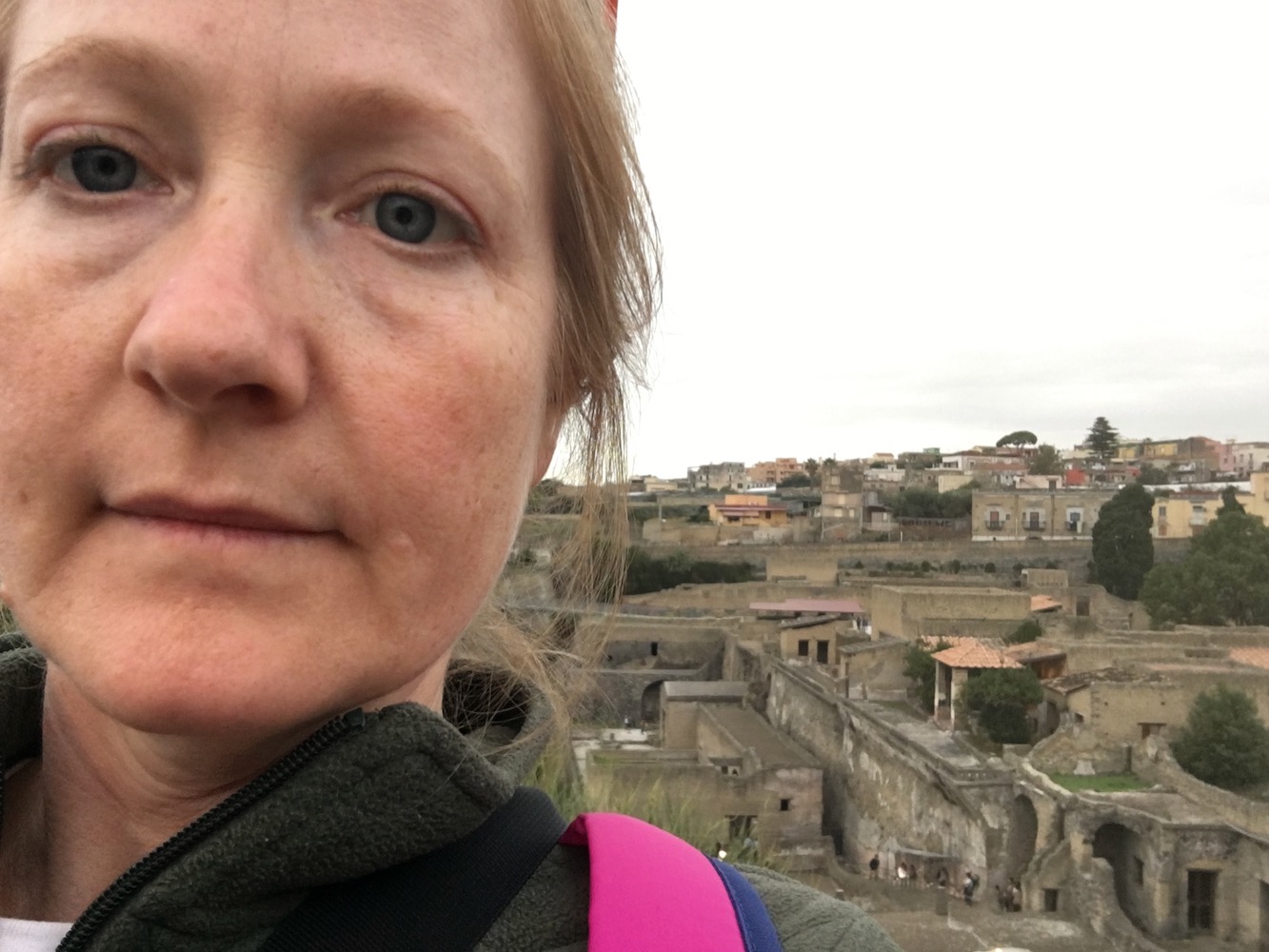

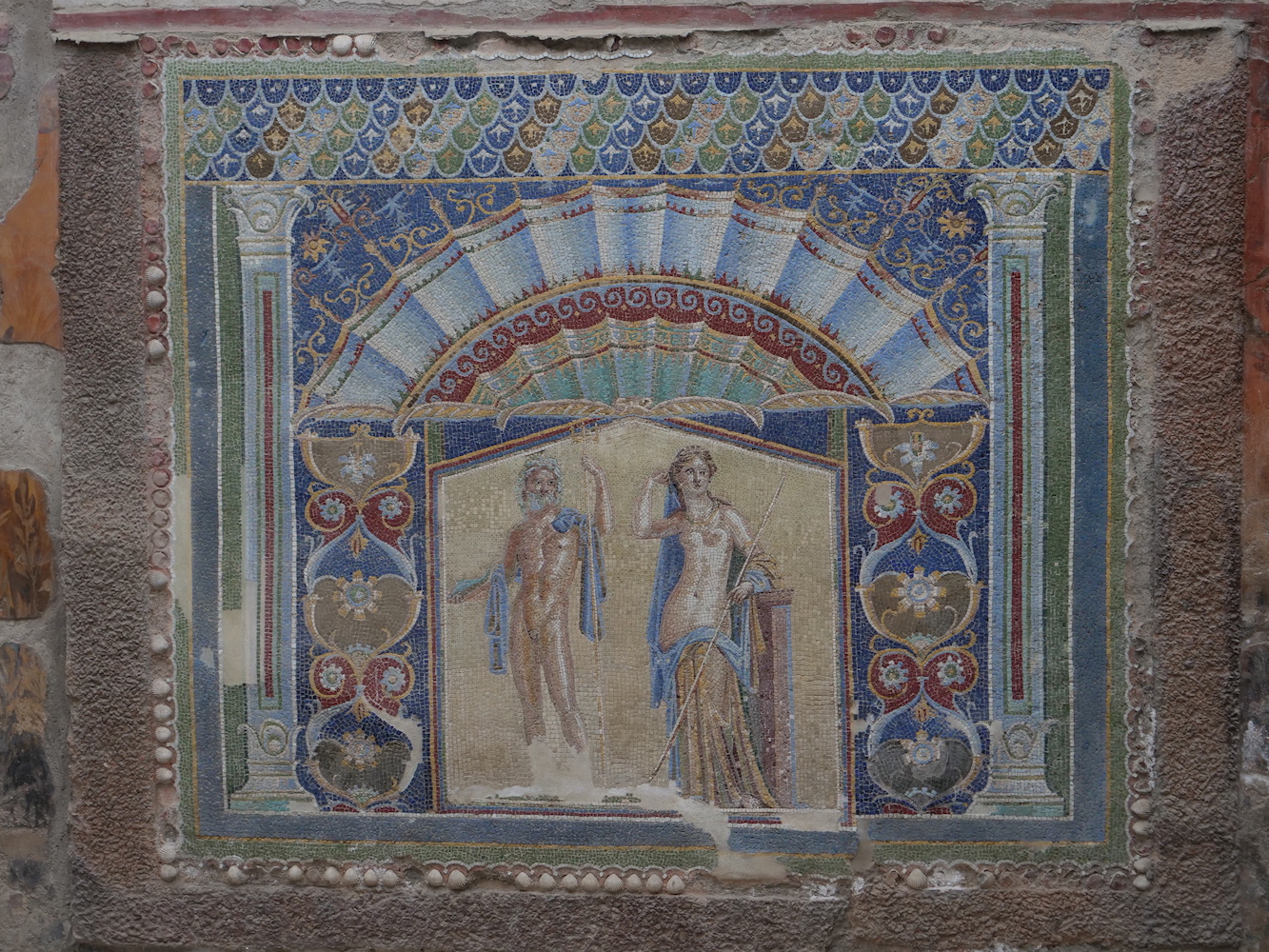
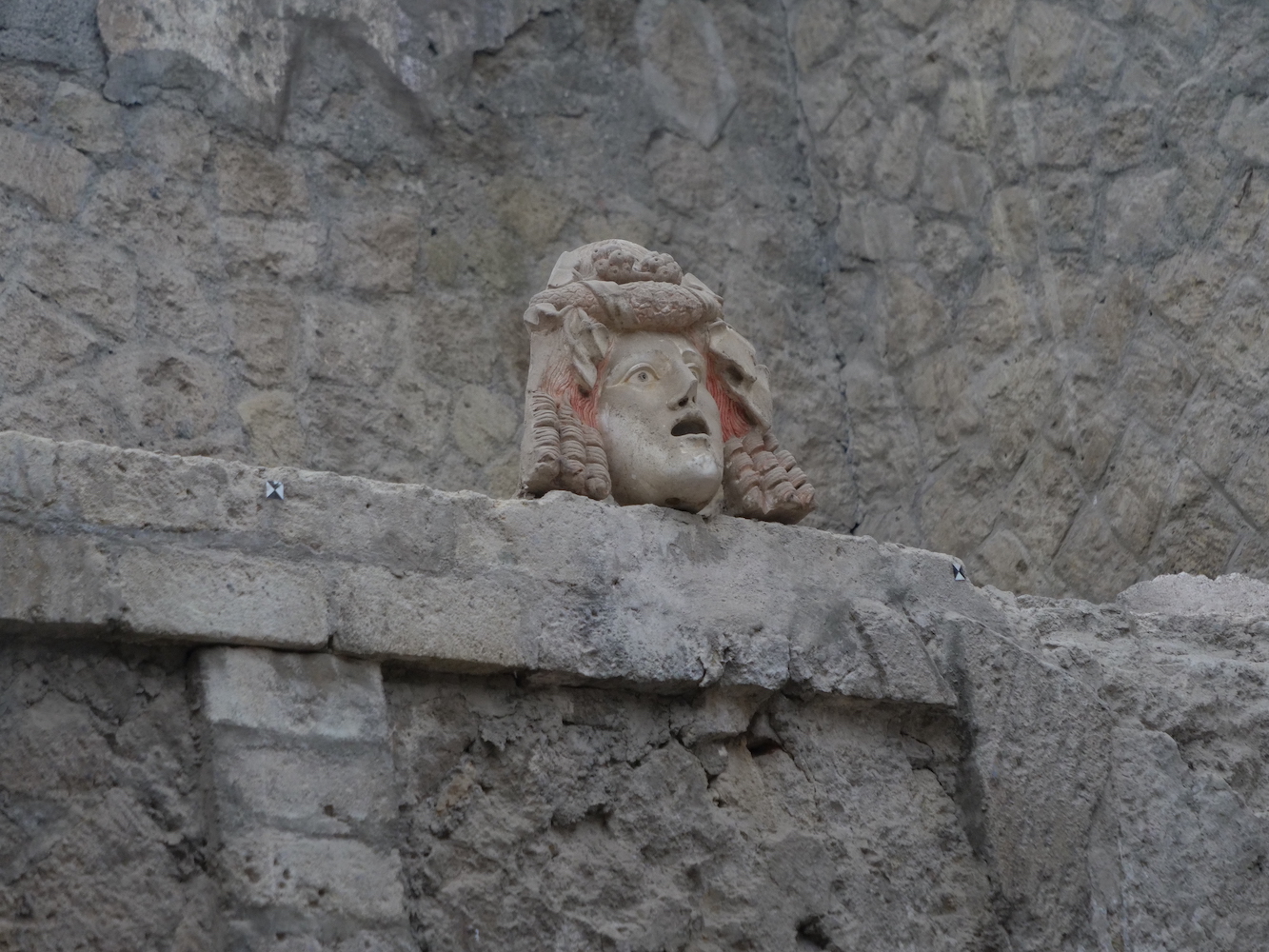
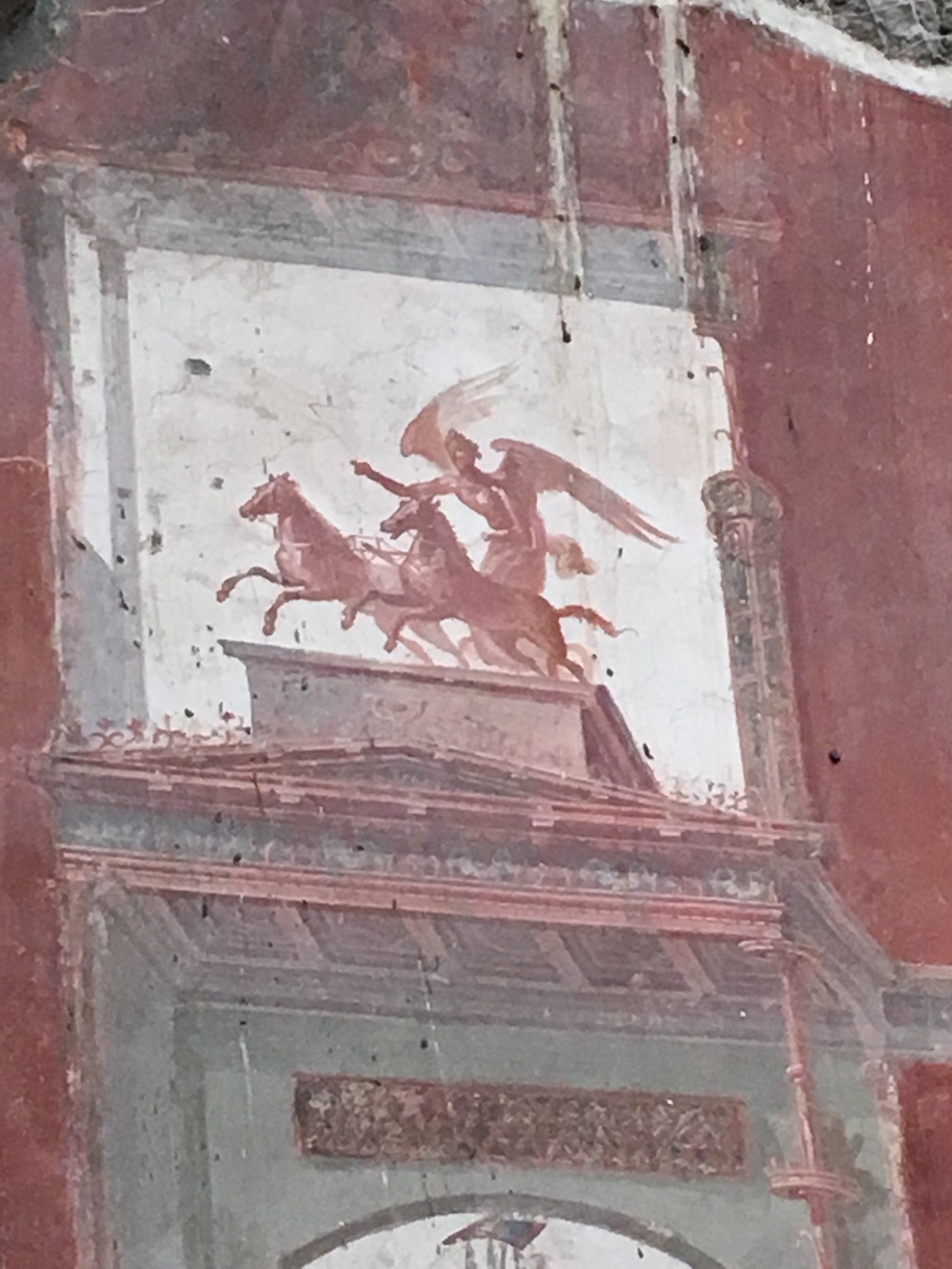
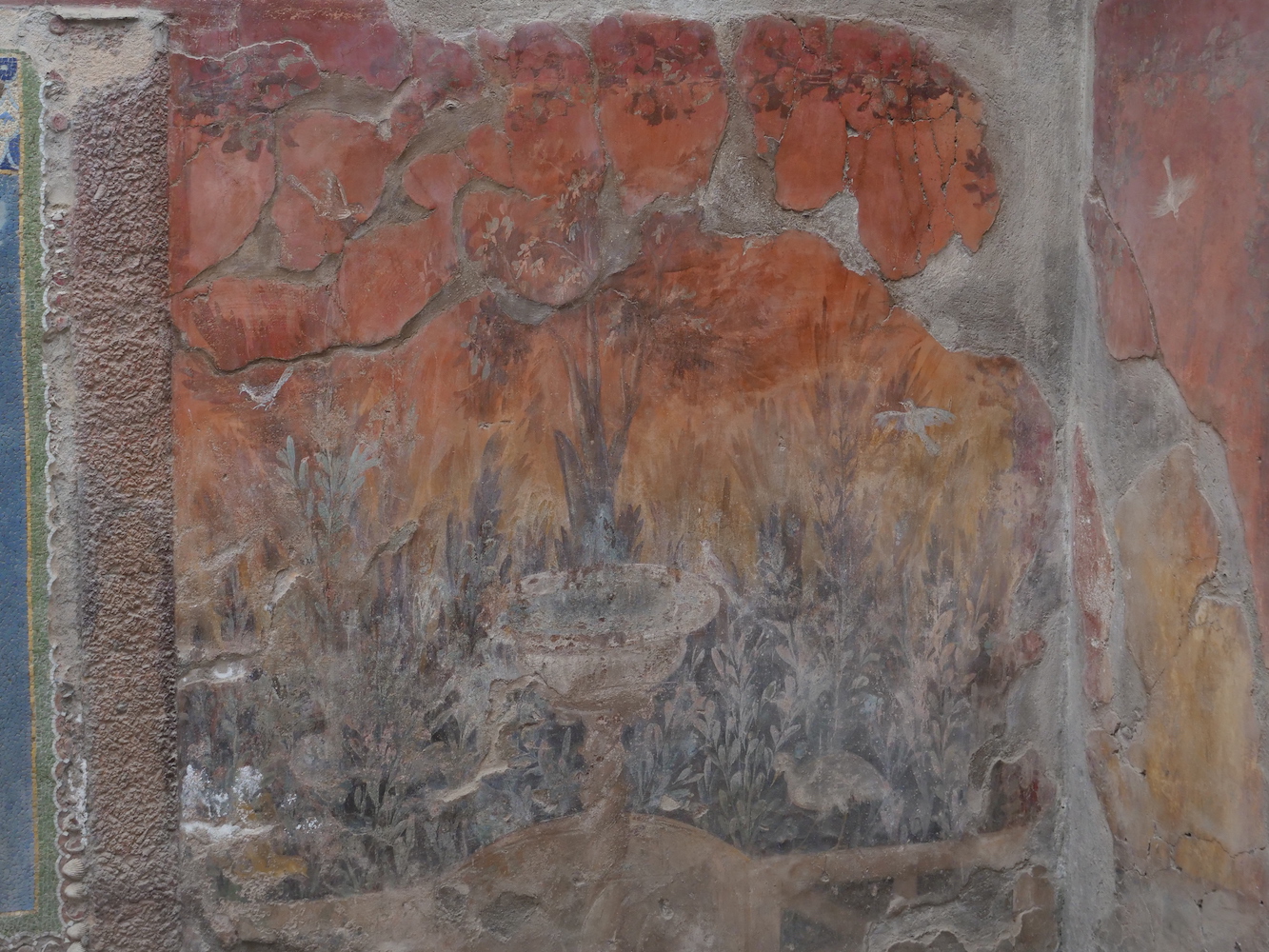
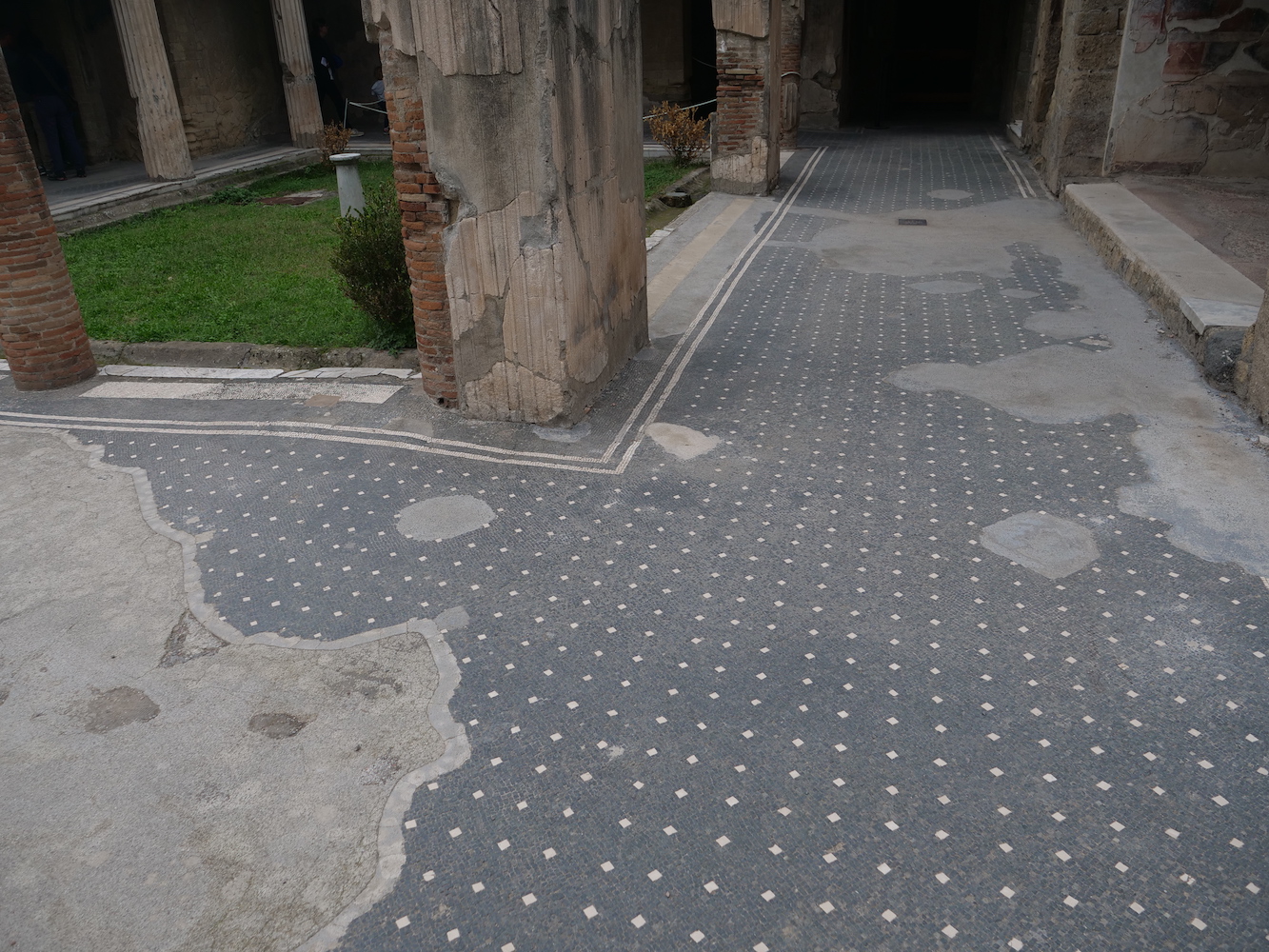
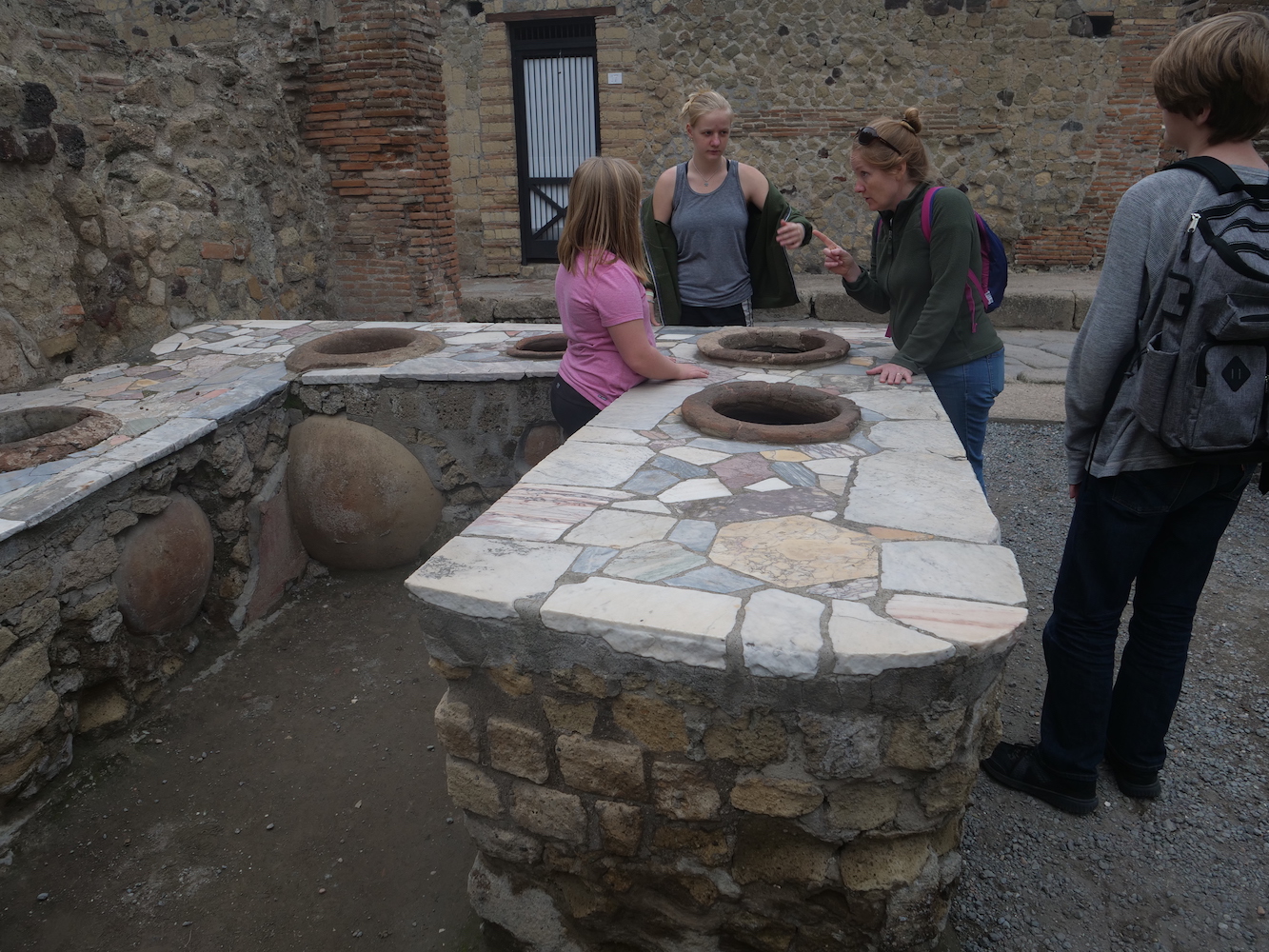
Paestum –Change is Constant
Paestum is in the Salerno region of southwestern Italy. This city wasn’t covered in volcanic ash or lava yet the outlines of the city streets and buildings form a low sleepy maze around some of the best preserved Graeco-Roman temples in the world. Paestum simply passed through the centuries, changing a little at a time; eventually giving way to the peaceful beach town it is today.
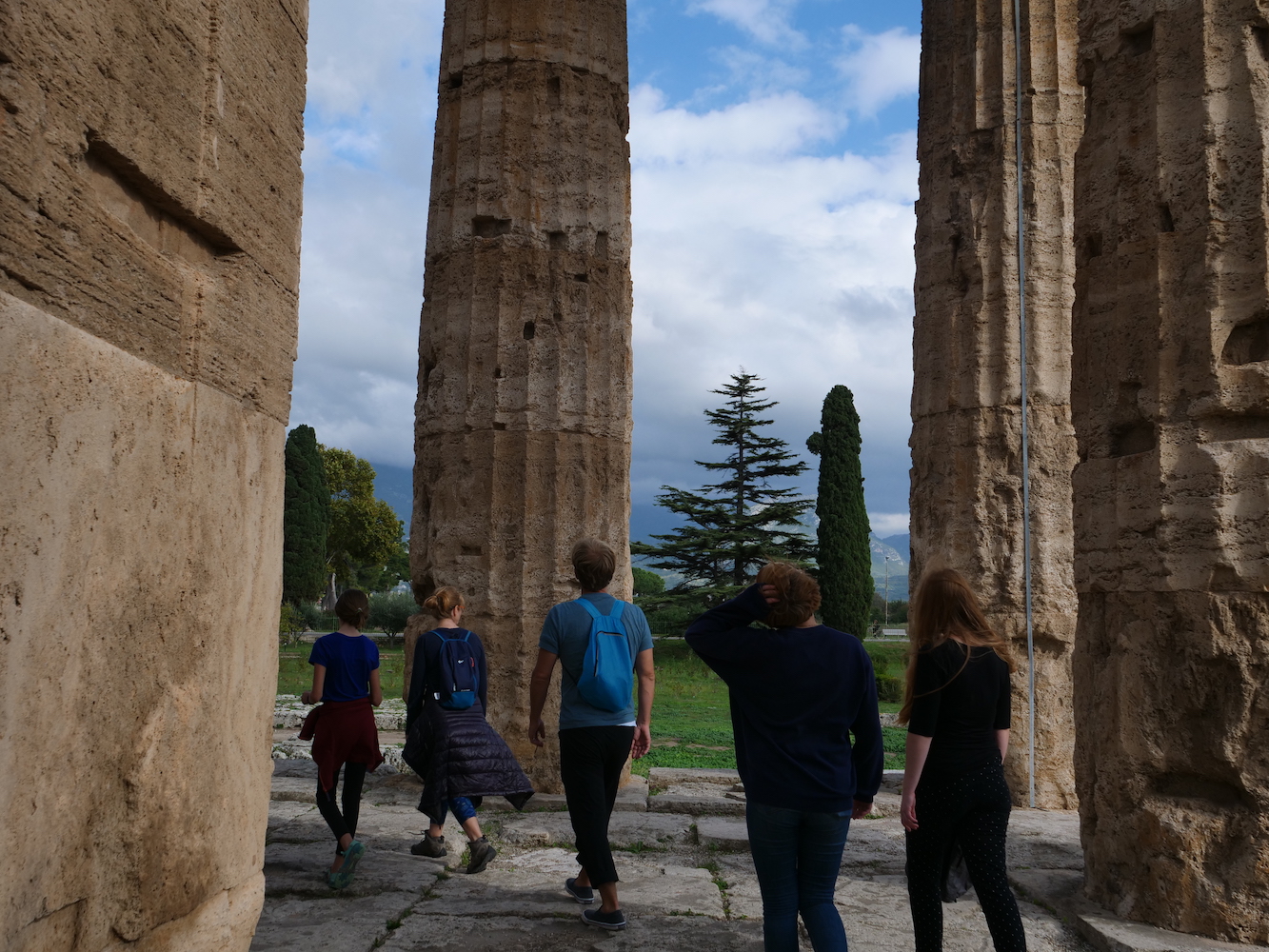
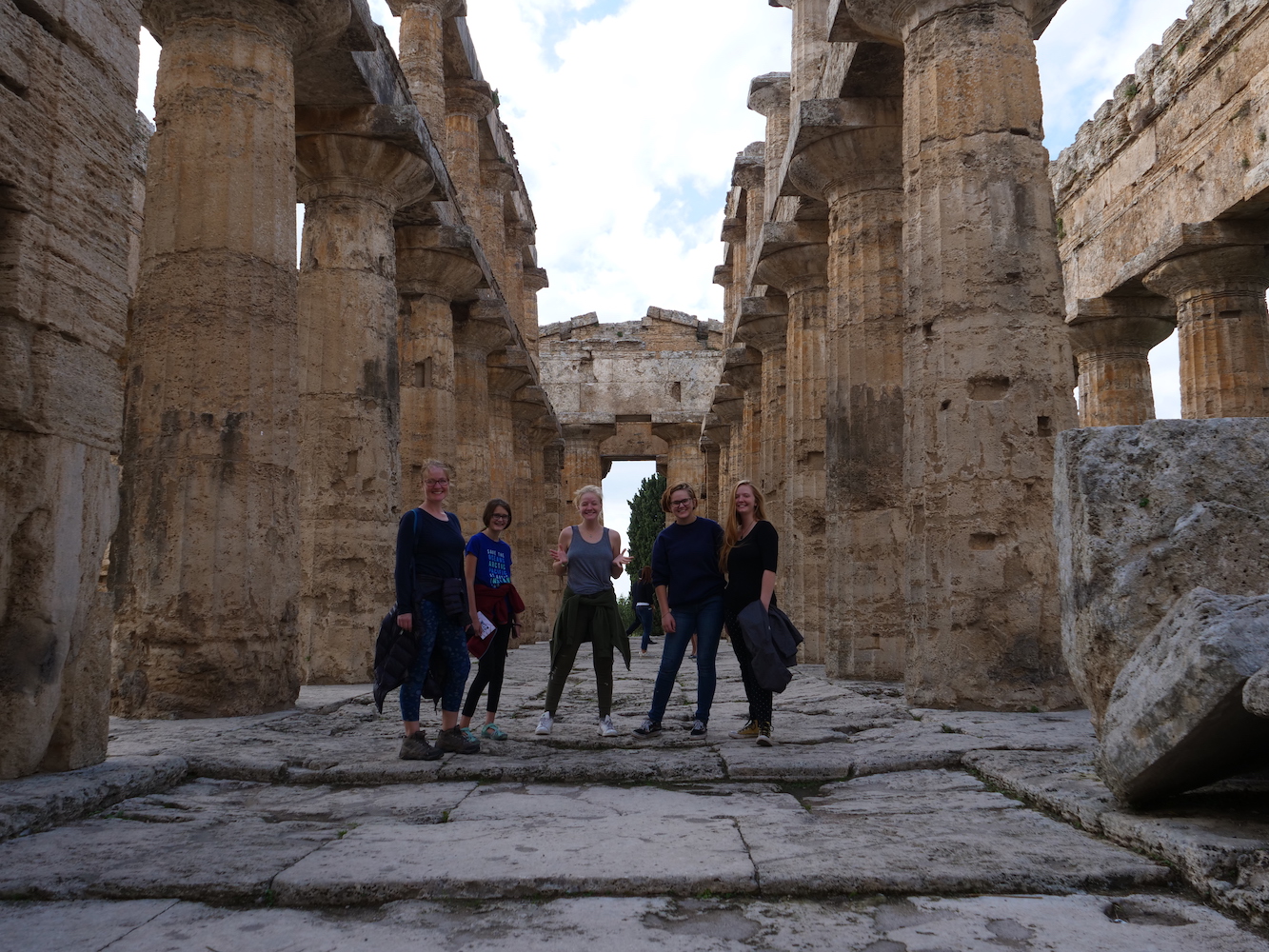
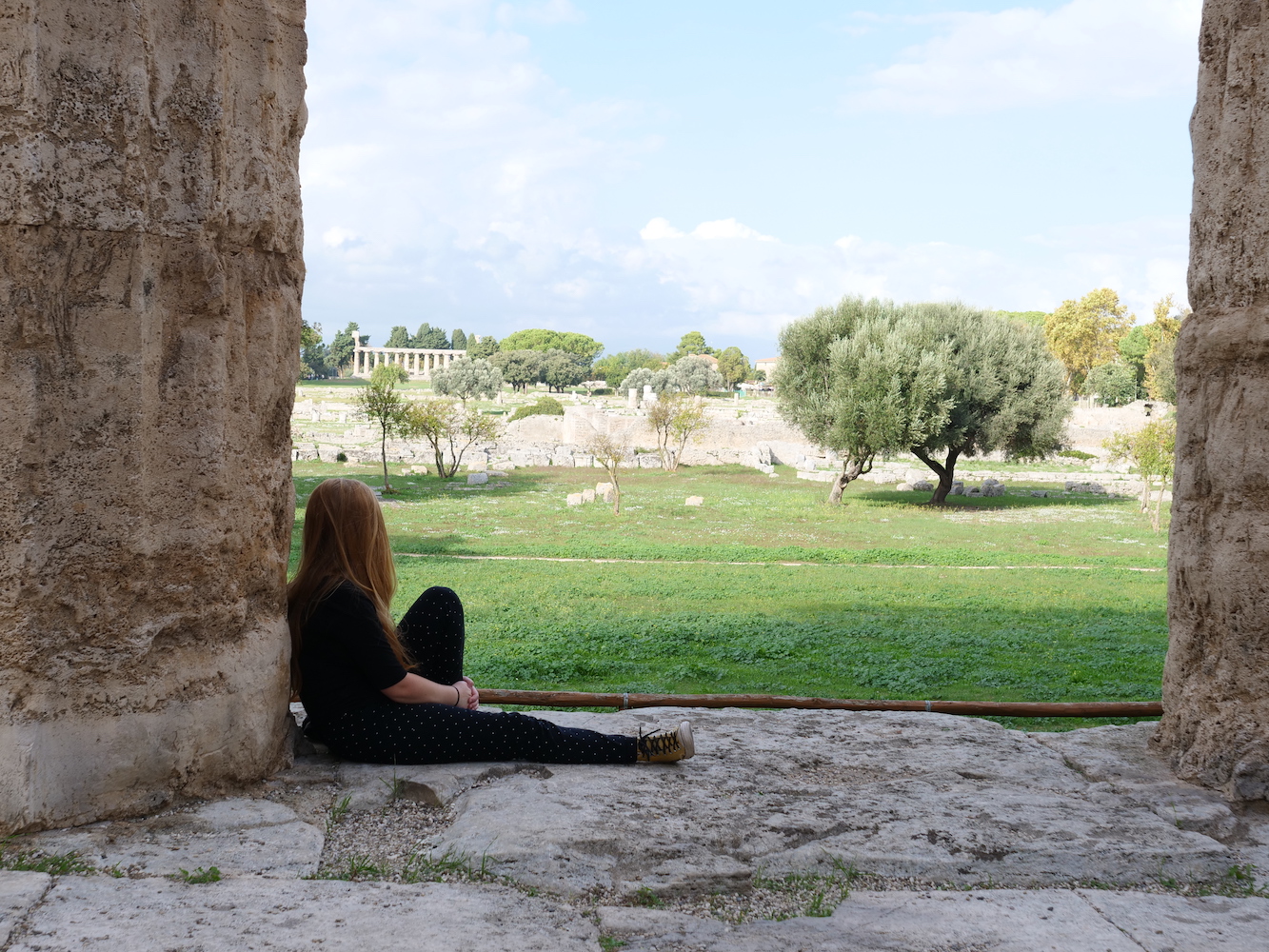
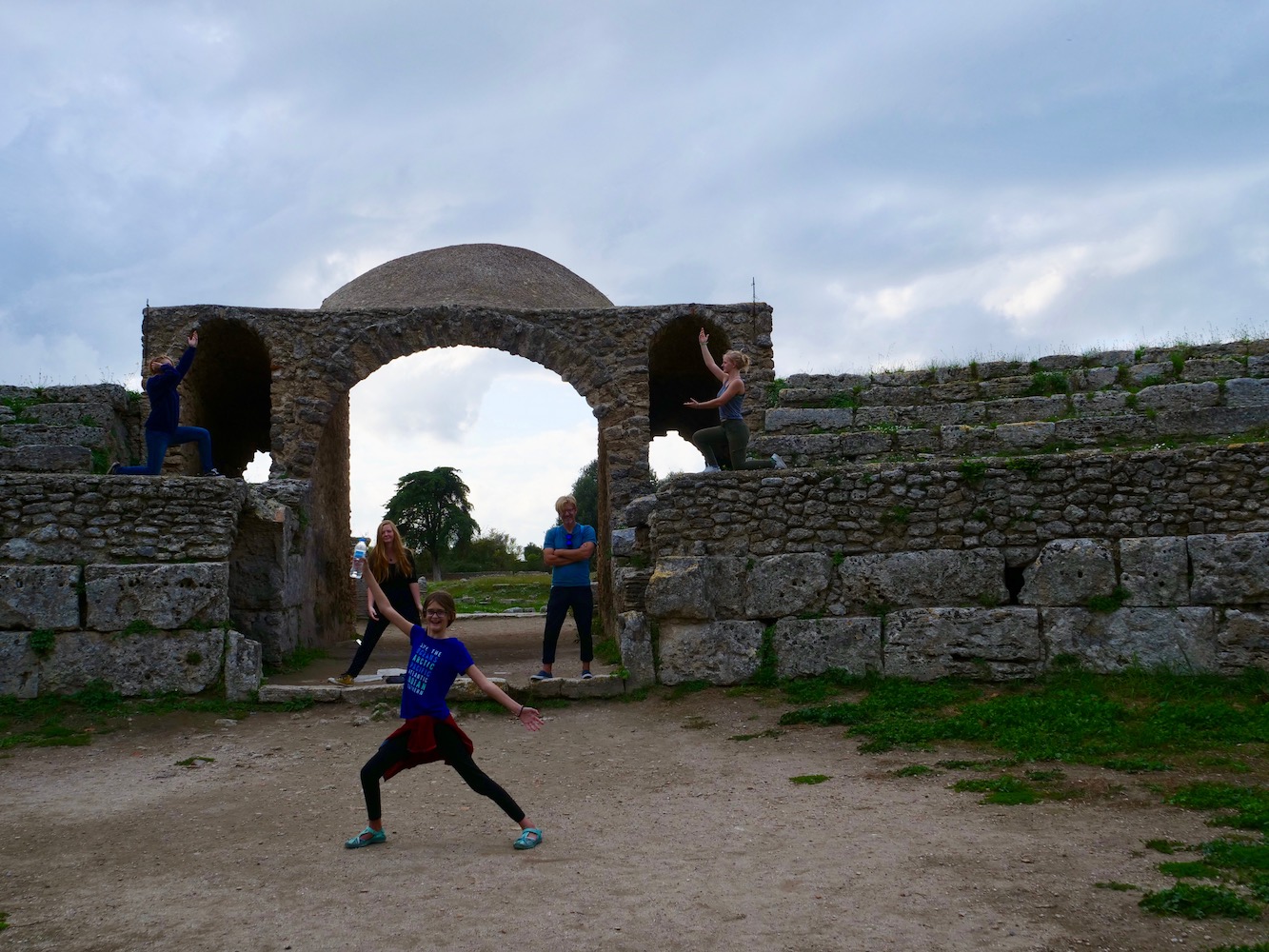
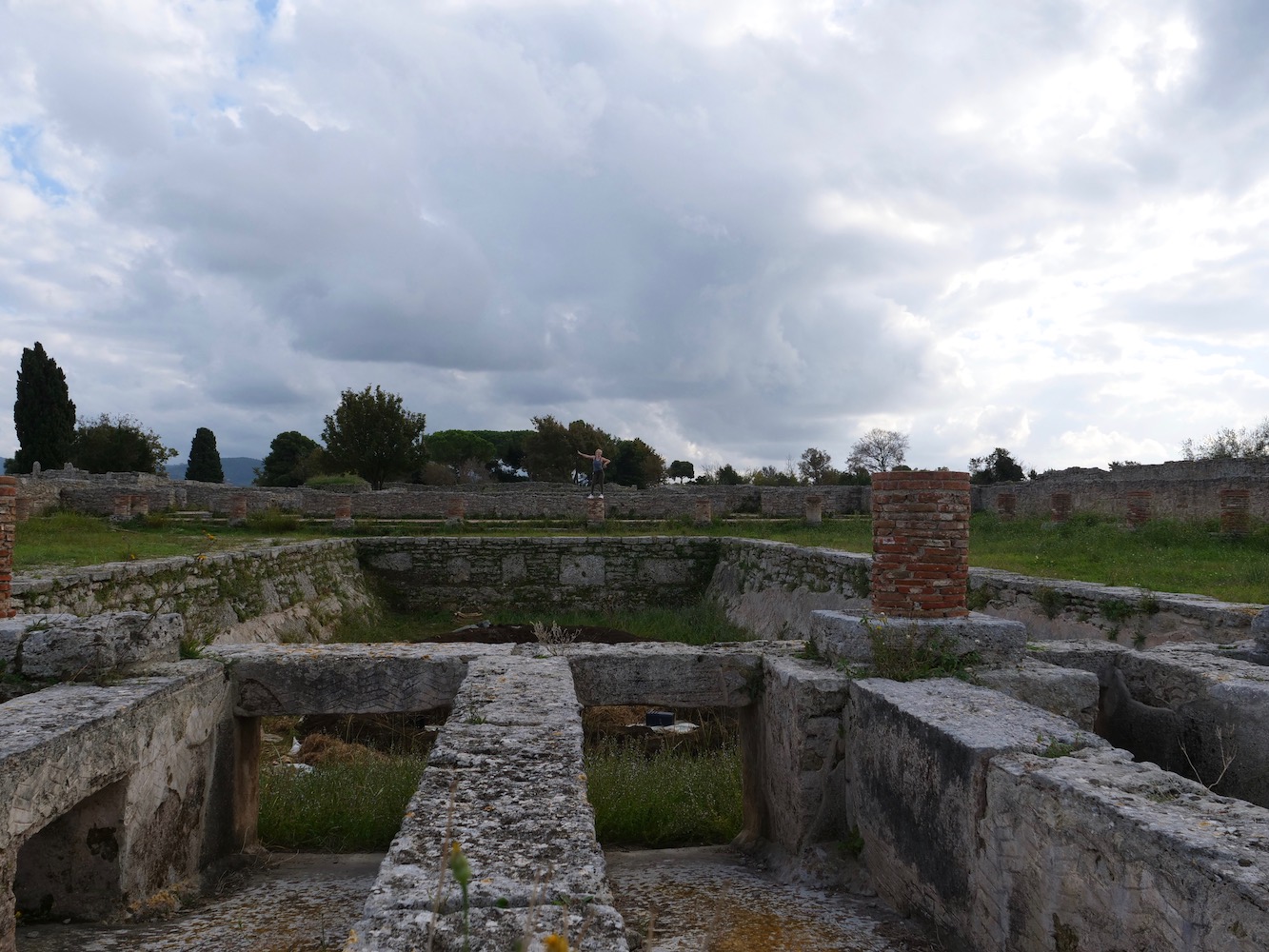
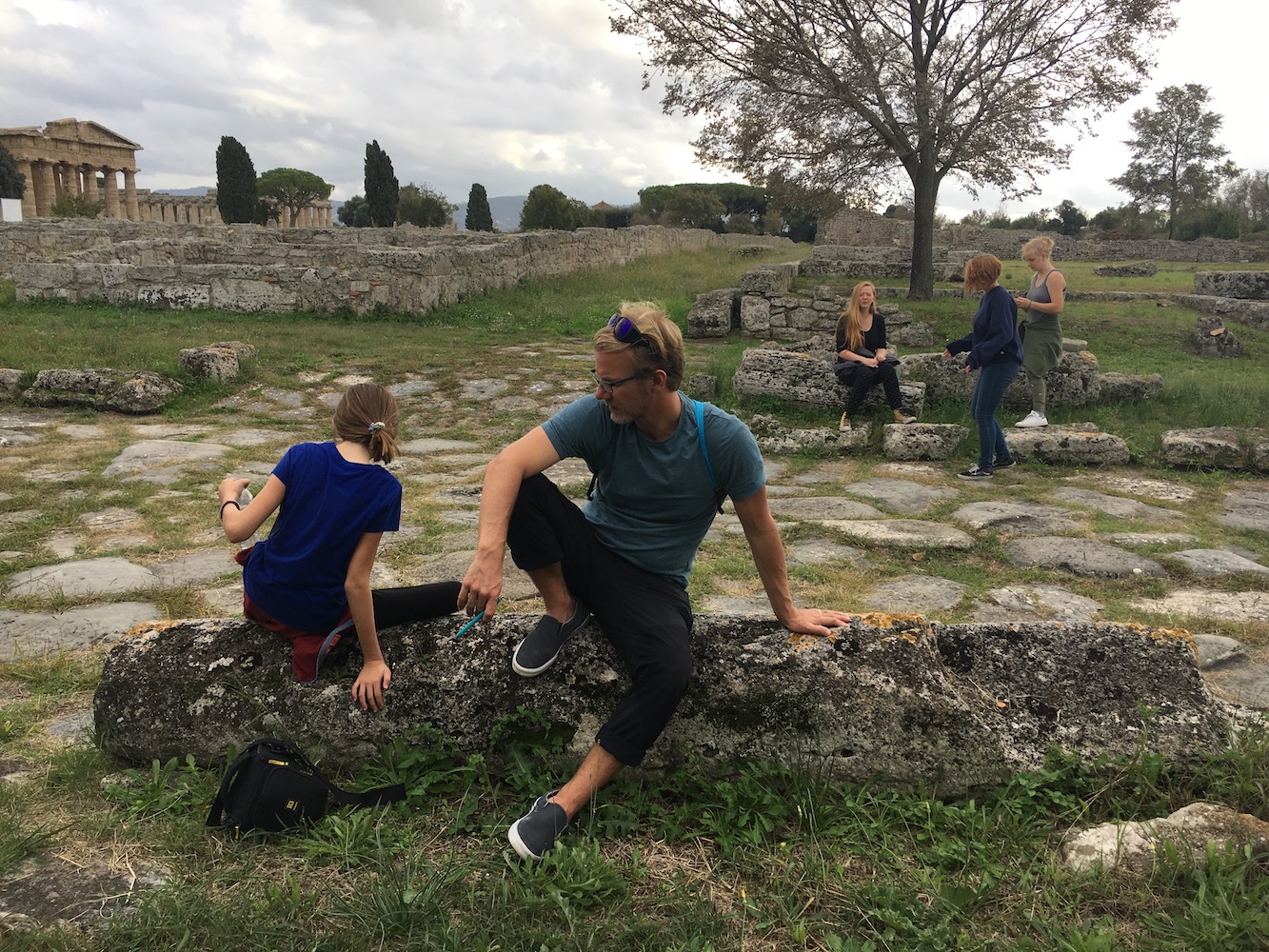
The most famous artifact from Paestum is this fresco of a diver. This painting was uncovered 1500 years after it was sealed up with the assumption that this image would never be seen. WWII Allied soldiers were building an airstrip when they found this fresco and called in a British archaeologist to excavate and preserve it.
I recognize myself in this diver—or who I hope to be. I don’t know if he’s diving into the Tyrrhenian Sea or into the after-life. What is certain is that change is imminent. He is quickly transitioning from one state to another—from land to water. Yet, he is face forward, body purposefully positioned and controlled. He is completely exposed. Yet, he proceeds with confidence.
I’m not planning to leap naked from a column into the Tyrrhenian Sea. But I am diving face first into experience beyond my comfort zone. I want to show up with a smile on my face and ready to learn.





























